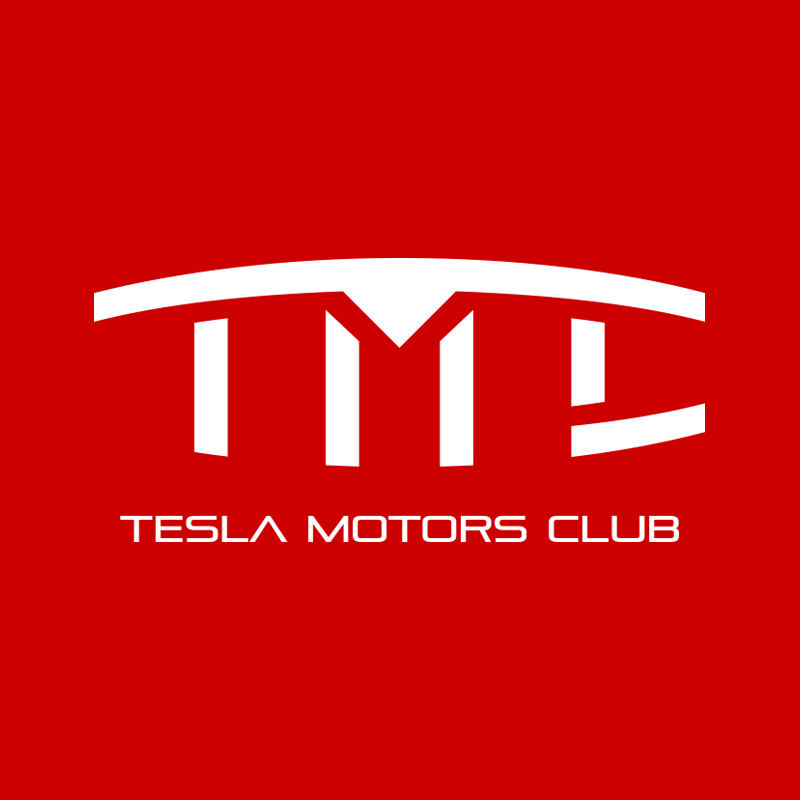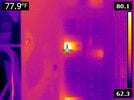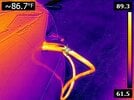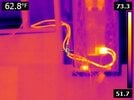I miss the days of my MS which allowed home charging of 80A or my MX AP1 which allowed 72A charging.
With our refresh MX, what is the most efficient Amp to charge our MX? Current max is 48A.

 teslamotorsclub.com
teslamotorsclub.com
Per this old post for MS, it looked like the sweet spot was 25A or 40A. I used 25A on my old MS and MX for that reason. Just curious if its the same with the refresh battery. Thanks
With our refresh MX, what is the most efficient Amp to charge our MX? Current max is 48A.
Model S Gen2 Charger Efficiency Testing
(Been a while since I started a thread here! :P) I recently finished some efficiency testing on the Model S Gen2 chargers (pre-refresh, but VIN > ~20k). Tests were done at 240V single phase. 5 amps, 82.77% 10 amps, 89.53% 15 amps, 89.06% 20 amps, 90.04% 25 amps, 91.03% 30 amps, 90.37% 35...
Per this old post for MS, it looked like the sweet spot was 25A or 40A. I used 25A on my old MS and MX for that reason. Just curious if its the same with the refresh battery. Thanks





